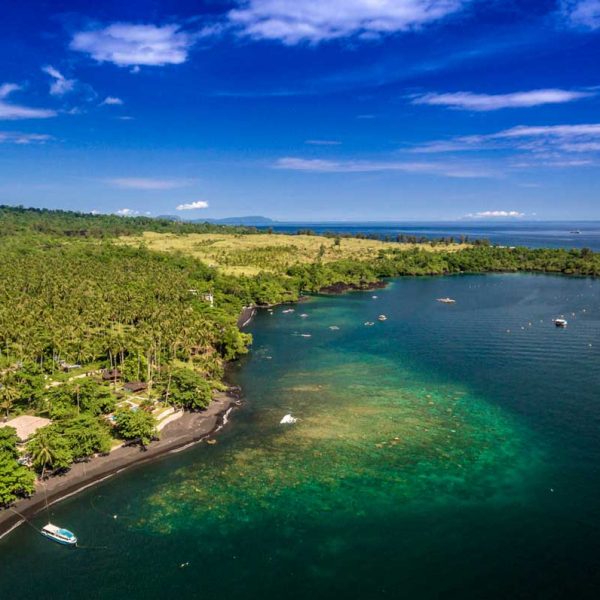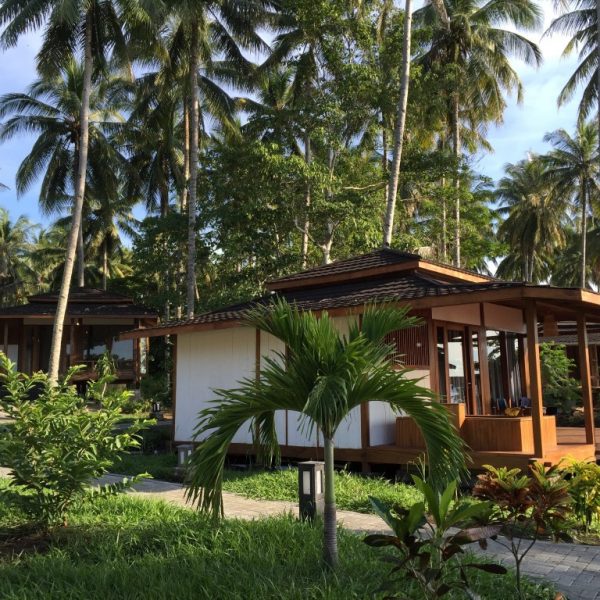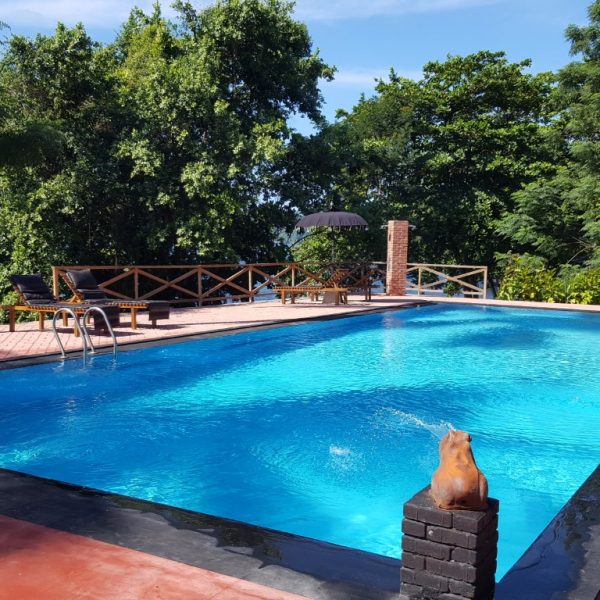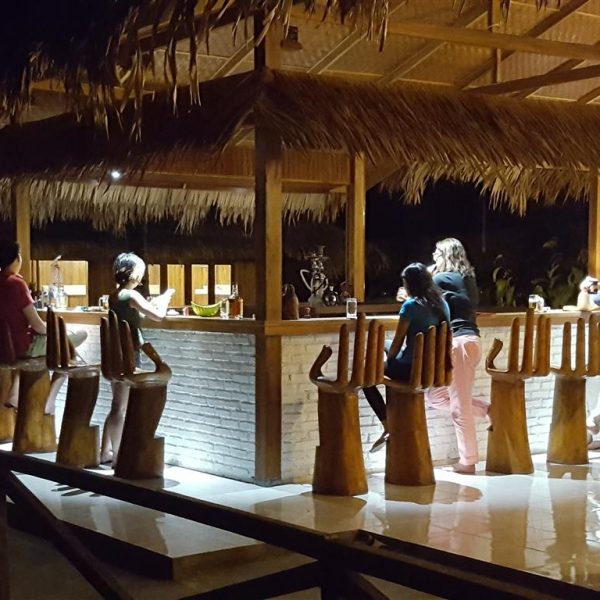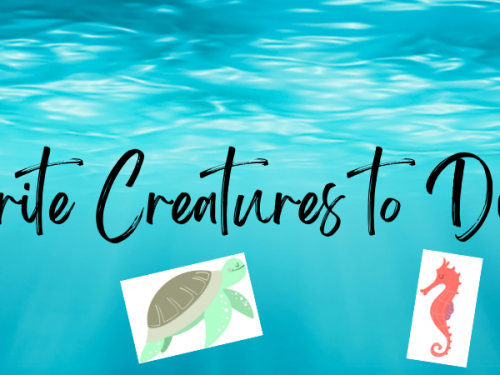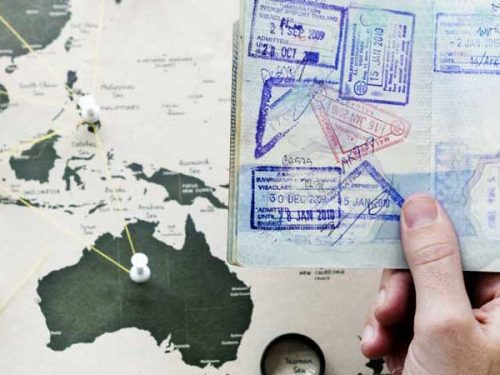Overlooking beautiful Kasawari Bay on Lembeh Strait, Dive Into Lembeh is a muck diver’s paradise. It lies on the northeast coast of Sulawesi and is hidden from the bustle of Bitung while boasting unspoiled views of Lembeh Island. With just nine spacious bungalows, this Lembeh dive resort offers a boutique dive vacation in one of Indonesia’s most fascinating underwater regions.
A dive vacation at Dive Into Lembeh is all about spotting weird and wonderful marine critters, including hairy frogfish, mimic octopus, and banded sea snake. The black volcanic sands offer incredible macro photography opportunities while the patches of coral reef are teeming with life.
Bungalows
Each of Dive Into Lembeh’s standalone bungalows is spaciously designed and feature ensuite bathrooms with walk-in-showers. They have been constructed using locally sourced materials and boast balconies with comfortable bean bags, drying racks for your dive gear, and private Japanese-style Onsen (hot tubs). In addition to air-conditioning and ceiling fans, they offer a satellite TV, a minibar and a safe.
Amenities
In between dives, you can relax in the 18×6-meter freshwater swimming pool, which features a spacious sun deck where you can kick back with a good book. There’s also a beachside fire pit area where you can mingle with other divers at the end of the day.
Food
Breakfast, lunch, and dinner are served into Dive Into Lembeh’s open-air restaurant overlooking Lembeh Strait where you’ll find dining tables and comfortable sofas. A variety of local and international dishes are prepared by the resort’s highly experienced chefs and bread is baked fresh daily. Drinks are available throughout the day at the fully stocked bar, which is also equipped with a 55-inch 4K television where you can screen your underwater images or watch international sporting events. In keeping with its environmental principles, this Lembeh dive resort doesn’t use plastic bottles or straws. Instead, guests are given a refillable water container on check-in to use for the duration of their stay.
Diving
Lembeh Strait is famed as one of the best macro dive destinations on the planet, with incredible muck diving on its black volcanic slopes. The dark color of the sand makes it ideal for underwater photography while the high nutrient levels in the water result in a large variety of species. Dive Into Lembeh also has a house reef and there are several impressive coral sites nearby, such as “Angels Window” and “California Dreaming”.
Three boat dives are scheduled each day and visit some of the more than 60 dive sites that scatter across Lembeh Strait. Due to the short distances involved, the boats return to the resort between dives so you can enjoy your surface interval relaxing beside the swimming pool. Daily night dives are also available and there’s complimentary access to the resort’s two house reef sites – “Hairball” and “Aw Shucks”.
Dive Into Lembeh’s fully-equipped dive center features a spacious camera room (the largest in Lembeh) and rinse tanks, as well as guest dive gear lockers and showers where you can refresh after each dive. All of the resort’s dive guides are experienced in operating and handling cameras, as well as boasting extensive knowledge about the critters that call Lembeh’s unique underwater environment “home”. In addition to frogfish, scorpionfish, crabs, and shrimps, you can also expect to see a diversity of nudibranchs, eels, pufferfish, and seahorses.
Most of the dive sites in Lembeh Strait are relatively shallow and currents are usually mild. Water temperatures vary between 75°F (24°C) and 86°F (30°C) throughout the year while visibility ranges from 13 to 65 feet (4 to 20 meters). If you do encounter murky water, it’s important to keep in mind that it is a result of high nutrient levels and means you will probably see more critters!
Other Activities
If you’re traveling with non-diving family members or want a day away from the water, you can embark on an eco-tour into the Minahasa Highlands. Encompassing high volcanic peaks, the highlands are home to traditional villages, prehistoric burial sites, and hot springs, as well as terraced hillsides planted with coffee and coconuts.
Alternatively, you can spot native wildlife in the Tangkoko Batuangus Nature Reserve, which is home to Celebes crested macaques, Sulawesi dwarf cuscus, and spectral tarsiers.



